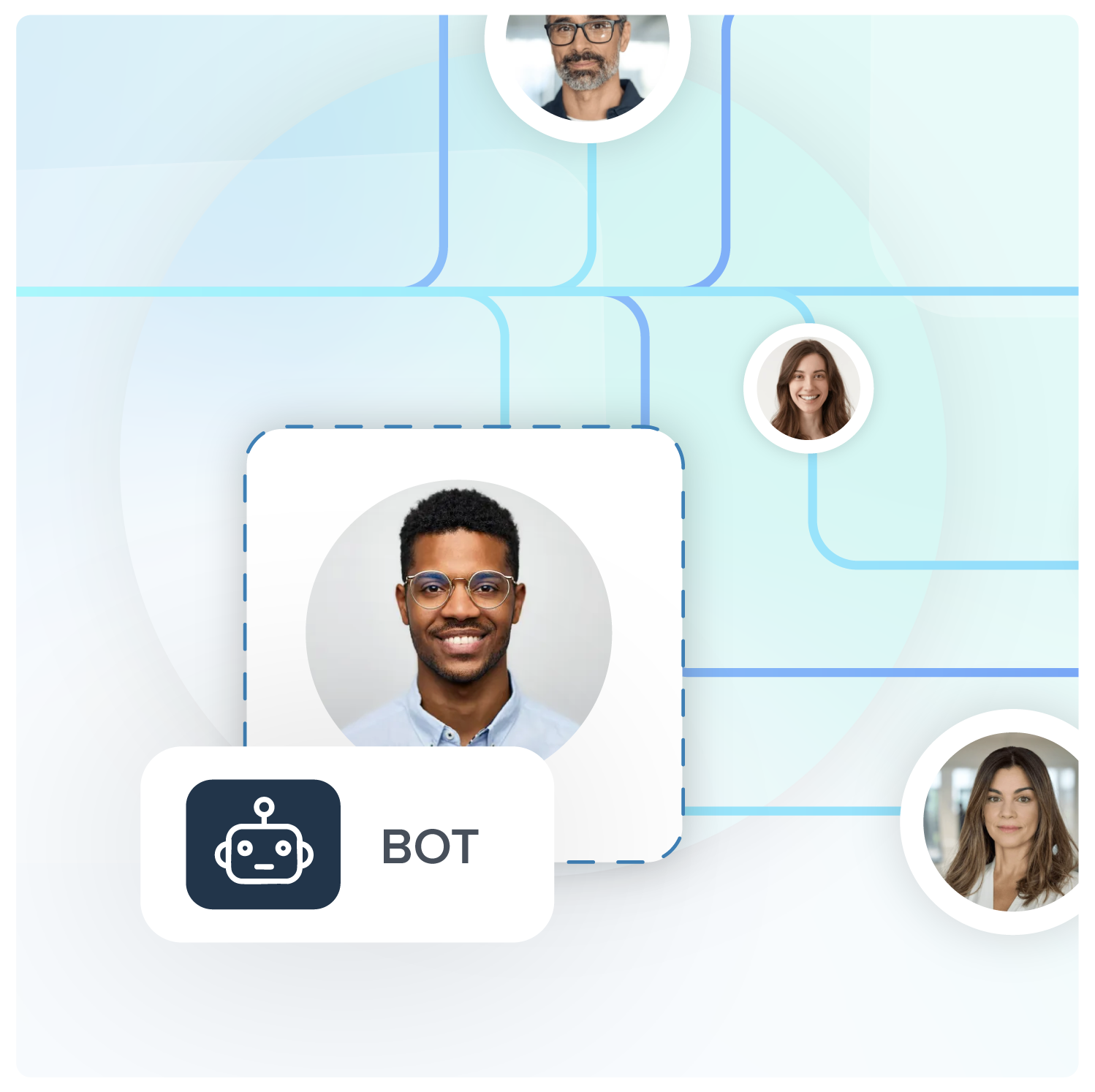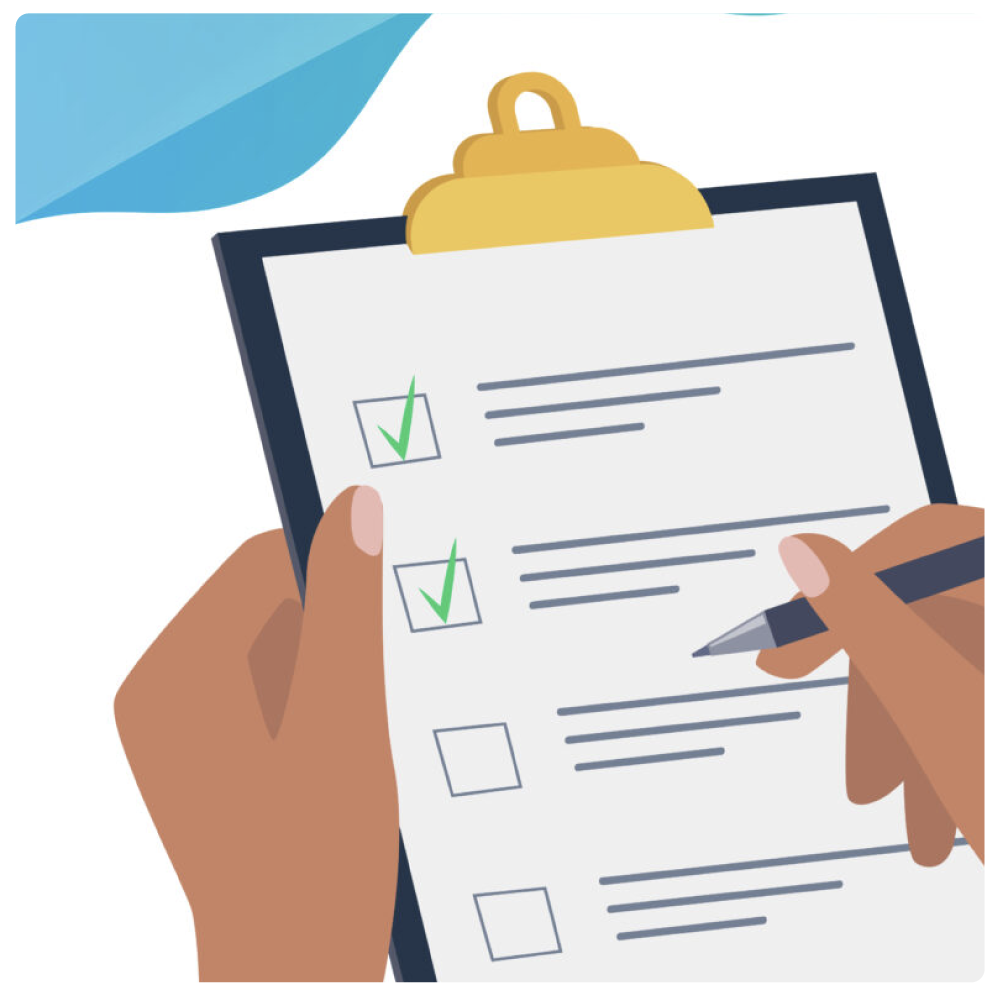Leads 101: The Lead Seller’s Guide to Lead Acquisition

Welcome back to our Lead Generation 101 series!
In the last installment, we talked about how the lead acquisition process looks for the lead buyer. Lead acquisition usually involves three separate parties: the consumer (otherwise known as the lead itself), the lead buyer, and the lead seller.
Each party has different goals they’re trying to achieve and different processes they have to perform to achieve those goals. In this article, we are going to look at the lead acquisition process from the perspective of the Lead Seller.
For the sake of this example scenario, the Lead Seller, also known as a lead publisher, network, or aggregator, sells leads in the financial services industry. Let’s call him Marco.
Marco works for a company that generates, aggregates, and sells leads to other companies. Demand generation is a fast-paced business with new leads streaming in from multiple sources and leads streaming out to (hopefully) interested buyers. That means that there is a lot of lead data moving in and out – and a lot of opportunities for Marco to connect the right leads to the right buyers.
The opportunity that Marco is working on for the sake of this example is from a lead buyer (also known as an end buyer, advertiser, or brand) who has previously given him an Insertion Order (IO) detailing what data they will purchase, such as the geography of a lead, product details/requirements, and consumer contact information.
In this particular request, Marco’s buyer wants leads who are interested in auto loans and live in a specific area grouped by zip codes. Marco knows he can move campaigns around to get the best leads for this request. In this instance, a campaign could cover multiple sites and sources, but is specific to a request, like consumers who are looking for auto loans. To improve engagement and capture more leads, Marco could utilize a QR code maker free tool to create scannable QR codes for offline campaigns.
The first step for Marco is to gather leads from different sources. Some of the leads are owned and operated (O&O) leads because they come from a website that his company owns and runs called www.bestcarloans.com. This site shares auto loan information from different brands with the consumer if they complete a contact request form. He feels pretty good about these leads because they are high-intent, which means the consumers actively searched for auto loans themselves and completed the form on the website because they want to be contacted. In other words, it’s the digital version of a consumer walking into a brick-and-mortar store with intent to buy a specific product. They’re a much better lead than, say, someone who just passes the storefront while window shopping, because they have actual purchase intent.
Unfortunately, Marco doesn’t have enough volume of leads coming from www.bestcarloans.com to satisfy the buyer’s need. One thing he can do to increase the volume of leads would be to start an affiliate program with other sites. This means that those sites will agree to post links on their pages directing people to his site, thereby driving more traffic to www.bestcarloans.com. More people looking at his site means more leads!
If that’s still not enough leads, Marco’s company also buys leads from other sellers that they can then resell. This means they’re not just a lead seller that generates and sells their own leads; they’re also a lead aggregator or network, which is an entity that buys and resells leads.
Now that he has the volume of leads requested for the IO, Marco simply needs to share that data with the buyer. Depending on the lead buyer, there are multiple ways to do this.
The smaller buyers may just use email delivery for negotiating with him and other lead sellers. More sophisticated buyers, however, will be very concerned with “speed to lead,” which is the ability to contact a consumer as quickly as possible after they have submitted a contact request.
For this reason, many lead buyers have their own online systems with specific posting instructions that get the lead into their operations in real time. In that scenario, each lead seller will have an identifying access key that differentiates him from other lead sellers using the lead buyer’s system.
Marco posts and sells his leads and his buyer starts contacting interested consumers…which leads to more revenue for the both of them. It’s a win-win!
Curious about the other perspectives in this process? Read our full Leads 101 series here.





